Simple NAS
Western Digital has latched on to the network-attached storage (NAS) market with the introduction of three simple-to-use products. The My Book Live range is the most consumer-focused range, aimed at users who need centralised file access for their computers, tablets and smartphones.
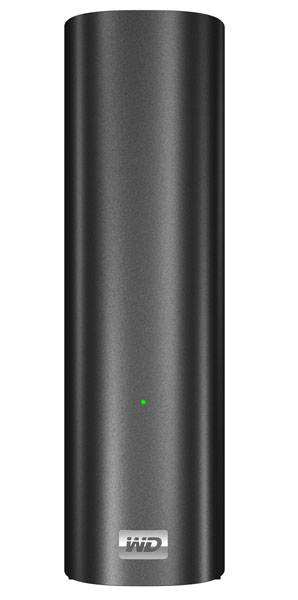 |
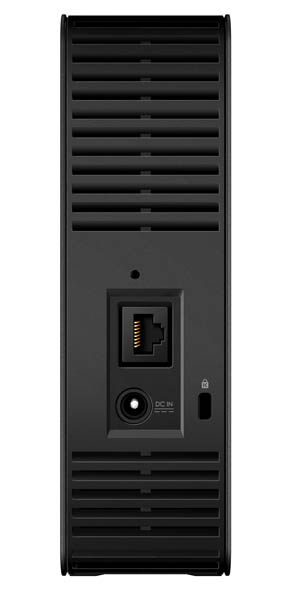 |
Looking like a regular external drive, the Live's Gigabit Ethernet port is the only overt indication it's a NAS product. Inside, WD outfits the chassis with a 1TB, 2TB or 3TB mechanical drive - the specs of the HDD aren't disclosed - and you can expect to pay £100, £125 and £200, respectively, for the three capacities.
Build quality is good and the drive is backed by a three-year warranty. WD feels comfortable not adding a fan to the tight-fitting enclosure. Plugged in and set to seek, the Live draws between 10-15W, which is standard for a one-drive offering, dropping down to around 7W when idling
With only a single drive inside and therefore no redundancy should things go wrong, this is a basic NAS. Understandably, then, it misses out on the high-end features we've previously seen in Thecus and Synology products, for example. Yet such is the rudimentary nature of this NAS, there's even no USB port for grabbing files from the ubiquitous drives.
Shimmying away from just the traditional role of NAS boxes, WD advocates the Live as a 'personal cloud' device, insofar as you can access networked content locally on a Mac or PC or on a variety of Internet-enabled devices ranging from iOS-powered iPads to Android smartphones. WD's own TV Live is supported, too.
Easy setup
Setting up is simple enough; hook it up to a home network (LAN) or WiFi-enabled broadband router (WAN) and configuration is done through an easy-to-use installation process.
Used in a local context, the drive maps on to the network and you can drag/drop files. Media can be served from iTunes , DLNA and UPnP adapters through the built-in TwonkyMedia software. It works just fine with a range of files though, of course, the actual transfer speed is dictated by just how the Live is connected up to the client machine. Attaching it through a Gigabit network we achieved large-sized file-copy read speeds of around 62MB/s on a 1TB model, which can be considered reasonable for an entry-level NAS.
Hooked through a 100Mbps broadband router with transfers taking place over 54Mbps WiFi, average download speed is reduced to 4.7MB/s - the conduit being the bottleneck. Bear in mind that even this lowly speed is enough to enable the smooth playing all of the high-definition videos we tried.
Ticking off features expected in a modern NAS, the Live uses WD's SmartWare software for backup purposes - automatic or otherwise - and the range is compatible with Apple's Time Machine. Backups can extend to any wireless-connected client on your network, which is kind of cool in action but can be slow in practice.
Remote web access

Once updated to v2 of the firmware and connected to the Internet, WD's 'personal cloud' vision takes shape. Now supplanting the previously-used MioNet access, Live uses WD 2go software. Run through Firefox in this instance it provides an Explorer-like view.
New apps, new tricks
But the nascent, inexorable rise of tablets and smartphones means that remote support isn't complete unless there's an app for it. Ensuring the NAS is paired correctly with your iOS or Android device is done through the settings menu.

You add access by generating a code in the WD control panel and then inputting said code, when prompted, into the app. This layer of security is obviously needed to guarantee that only registered devices can access personal content on the Live, and further codes can be generated for additional mobile devices.
We tested the 1TB Live, connected to a home router, with the free WD Photos and paid-for (£2.99) WD 2go Pro apps on an iPad. WD Photos requires all pictures to in JPG format and be located in the pre-configured 'Public Shared Pictures' folder. Once all setup, the app is a doddle to use.
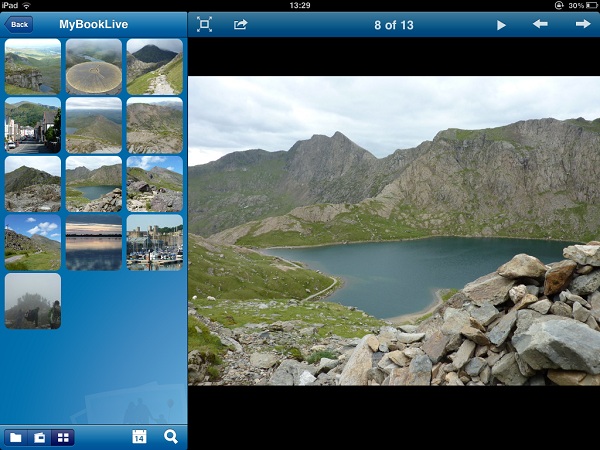
Though connected to a remote NAS, a good connection makes flicking through images simple. There's built-in picture emailing and uploads to Facebook. Be aware that the program auto-sizes pictures before displaying them as thumbnails, meaning there's lag when showing a folder full of, say, 150 images: you see the left-hand side being updated incrementally, which can take a while if the 'net connection is slow.
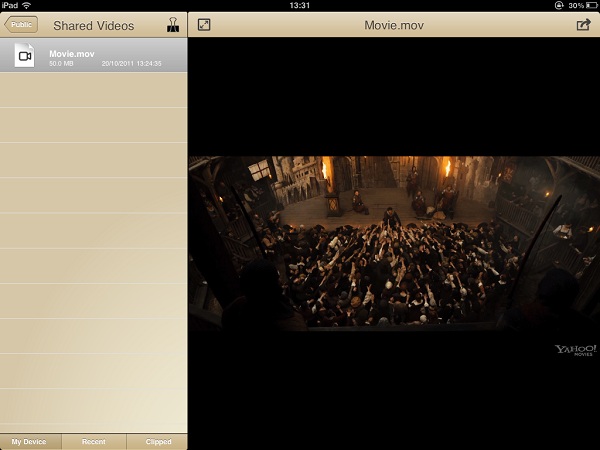
Meanwhile, the paid-for WD 2go Pro app - also available as a limited-function version for free - is Jack of all trades. It lets you delve into the My Book Live at a more-granular level - you can stream videos, view native-resolution images and, should the device support it, download content locally.
Summing up
Western Digital is looking to tap into the burgeoning cloud market with app updates for its My Book Live NAS products. Presented in a sleek, tidy package and easy to use, WD misses a trick by not including USB port for quick access to content. Quiet, cool and relatively cheap for a Gigabit-equipped NAS, the obvious strength rests with remote access.
WD's Photos app is disarmingly easy and intuitive to use while the paid-Pro version offers more flexibility, and it's this consumer-facing side that makes the My Book Live a decent product. All in all, a well-balanced centralised storage device that does a good job catering for the mainstream needs of Joe Average.
The Good
Sleek and quiet
Easy to setup
Remote app access works well
The Bad
No USB port
HEXUS Rating

Western Digital My Book Live 1TB NAS
HEXUS Awards
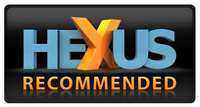
Western Digital My Book Live 1TB NAS
HEXUS Where2Buy
The Western Digital My Book Live NAS range is available from Dabs.com
HEXUS Right2Reply
At HEXUS, we invite the companies whose products we test to comment on our articles. If any company representatives for the products reviewed choose to respond, we'll publish their commentary here verbatim.













